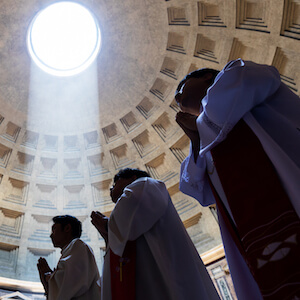Pantheon
Basilica of Santa Maria ad Martyres
Pantheon in Rome
The history of the Pantheon in rome
The Pantheon has represented the greatest expression of the glory of Rome for more than two thousand years. The story of the Pantheon is inseparably tied to the Eternal City. and been its image through the centuries. Built by Agrippa between 25 and 27 BC the Pantheon was a temple dedicated to the twelve Gods and to the living Sovran. Traditionally it is believed that the present building is result of the radical reconstruction by Hadrian between 118 and 125 AD. It is the only ancient Roman building that has remained practically intact through the centuries. In 608 Pope Boniface IV had the remains of many martyrs removed from the Christian catacombs and placed in the Pantheon. Thereafter the temple was officially converted to Christianity and named Saint Maria ad Martyres. The Pantheon was an inspiration to Raphael, one of the greatest architects of the Renaissance, and he requested it be his place of eternal rest.
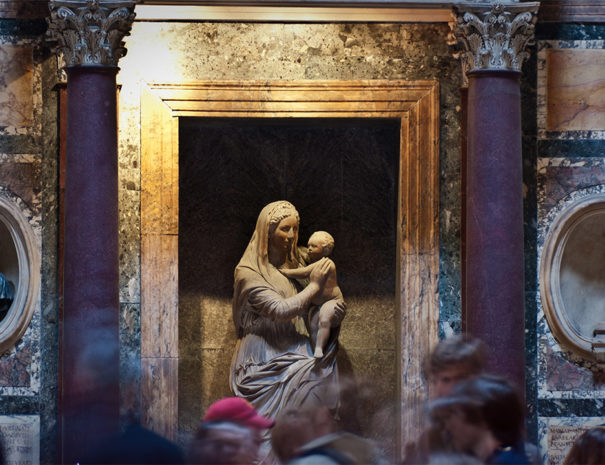
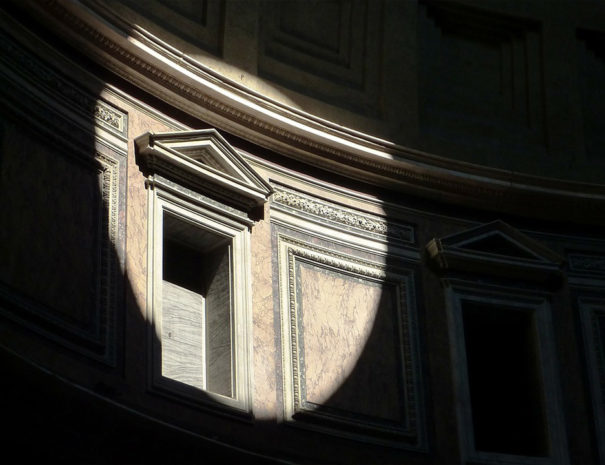
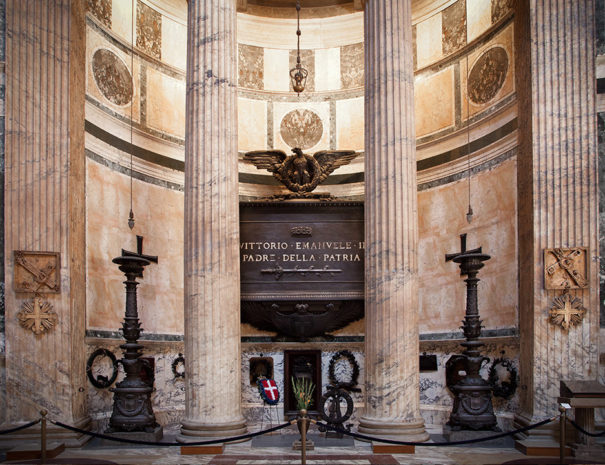
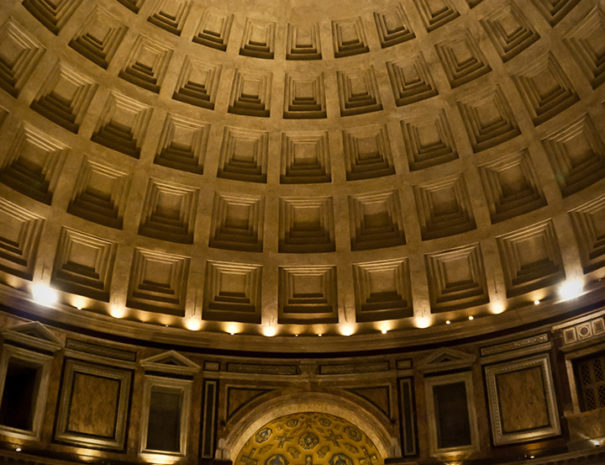
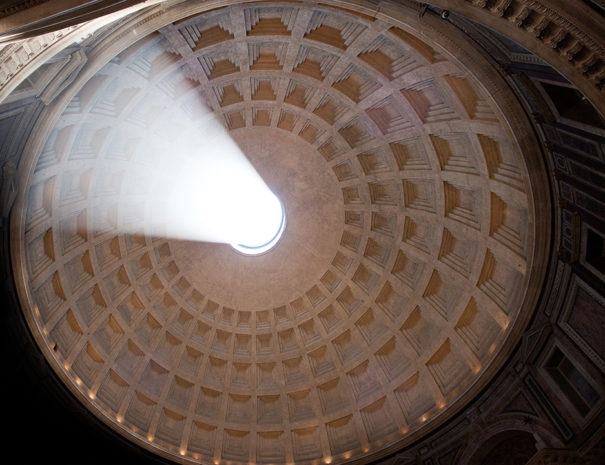
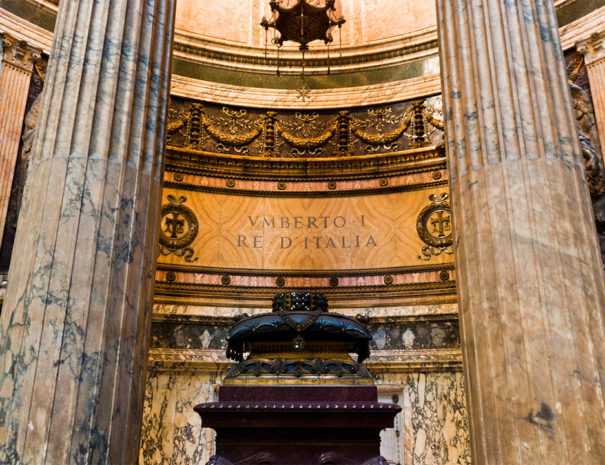
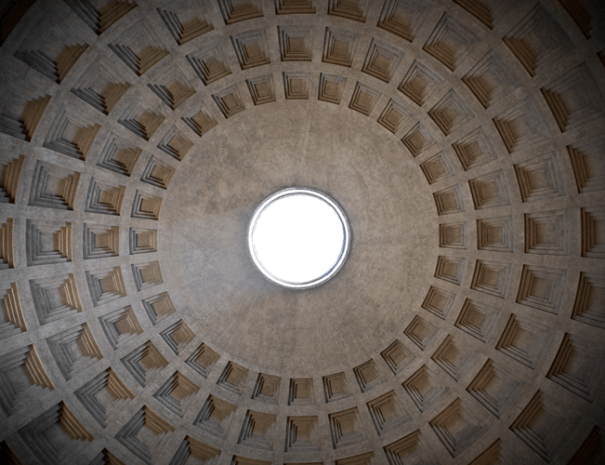
BASILICA DI SANTA MARIA AD MARTYRES
The Basilica is still a church, where Christian worship is celebrated continuously and which it considers essential to accompany the celebrations with commitments of solidarity. We therefore invite you to behave appropriately and keep silent. Those who came here to pray will be grateful to you.
Curiosity
History, curiosities and legends of the Basilica Sancta Maria ad Martyres
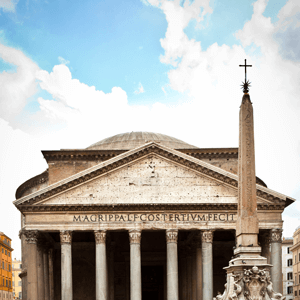
WHAT DOES THE INSCRIPTION ON THE PORTICO MEAN?
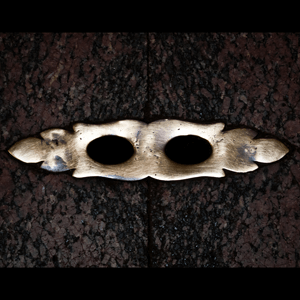
DO YOU KNOW WHERE THE NAME PANTHEON COMES FROM?
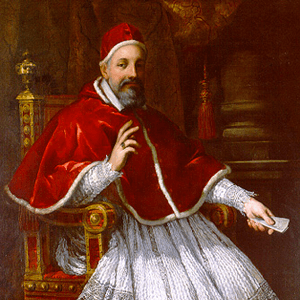
WHAT DOES: "QUELLO CHE NON HANNO FATTO I BARBARI LO HA FATTO BARBERINI" MEAN?
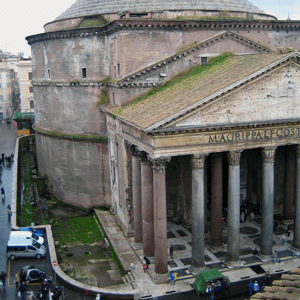
FROM BRONZE TO LEAD: THE ASPECT OF THE CUPOLA CHANGES
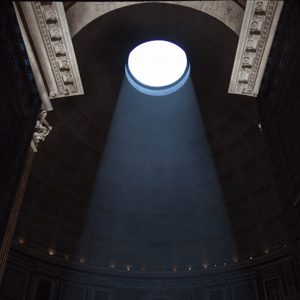
IS THE PANTHEON LIKE A SOLAR TEMPLE?
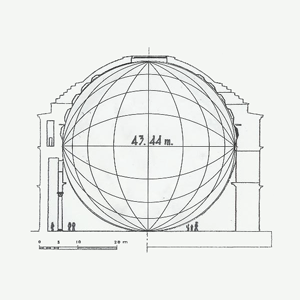
CIRCLES, SYMBOL OF PERFECTION
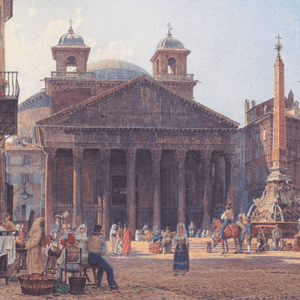
DONKEY'S EARS IN THE PANTHEON
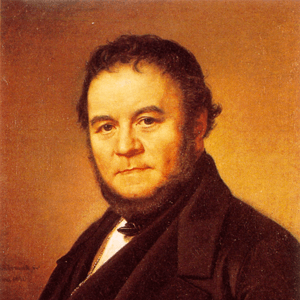
“THE MOST BEAUTIFUL RELIC FROM ANCIENT ROME”
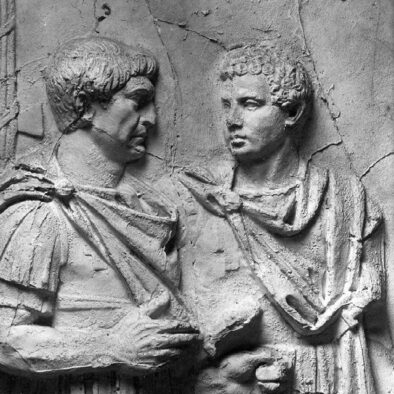
THE FIGHT BETWEEN ADRIANO AND APOLLODORO
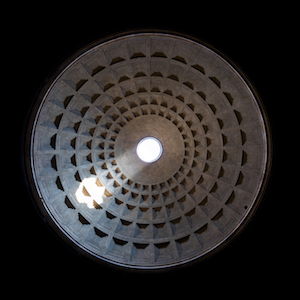
THE DOME? WHAT A STROKE OF GENIUS!
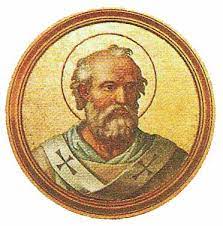
BONIFACE IV AND THE LEGEND OF THE CONVERSION
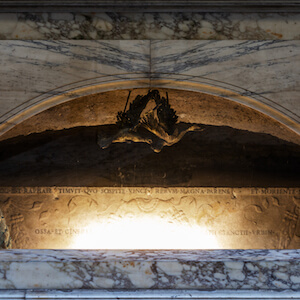
RAPHAEL'S REMAINS
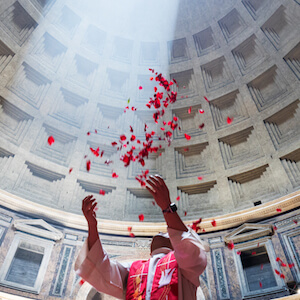
THE RAIN OF PETALS LIKE TONGUES OF FIRE...…
